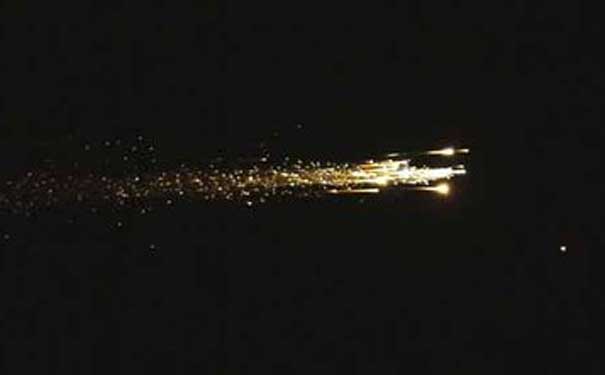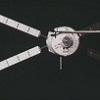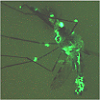A plucky Japanese probe burned up in a spectacular fireworks display Sunday, celebrating the end of a mission that found success despite being plagued with problems.
The Hayabusa probe overcame several obstacles to fly 4.8 billion kilometres to and from a tiny asteroid, land on its surface and (hopefully) collect samples. The spacecraft broke up in the upper atmosphere upon returning home, but not before it released a 38-centimetre capsule that might contain samples from the asteroid Itokawa. If it does, the sample will be the first material ever returned to Earth from a celestial body other than the moon.
In the video, the capsule looks like a bright star, as it falls ahead of its mother ship.
The capsule lay in the Australian desert overnight before scientists were given the go-ahead to retrieve it, once Aboriginal elders determined it had not landed in any sacred sites.
Hayabusa almost didn’t make it this far. The capsule survived damage from a massive solar flare, problems with its thrusters, landing issues and communication problems that forced a three-year delay in its return to Earth.
But as Aviation Week points out, engineers from the Japanese Space Agency MacGyvered solutions to all those problems, including painstakingly using the spacecraft’s ion engines to guide it home.
In 2005, Hayabusa (“falcon” in Japanese) reached the small near-Earth asteroid Itokawa, an object chosen precisely for its small size, orbit and proximity to Earth. It looks like a bean and is only a mile long, meaning its gravitational pull was negligible.
Hayabusa landed on the asteroid for a full 30 minutes, where it was supposed to collect samples, but the craft apparently failed to fire a metal bullet designed to dislodge the samples. Still, the spacecraft’s successful landing and departure could inform other asteroid missions, including trips involving humans.
The craft’s demise also provided clues for NASA and JAXA scientists observing from an airplane flying at 39,000 feet. Teams of scientists captured high-definition video and spectroscopic data as the craft disintegrated, and they’ll use the data to inform computer models that examine spacecraft reentry.
Popular Science has been a leading source of science, technology and gadget news since 1872. With up-to-the minute latest space news, insightful commentary on the new innovations and concept cars ...if it's new or future technology you'll find it at popsci.com.au.






